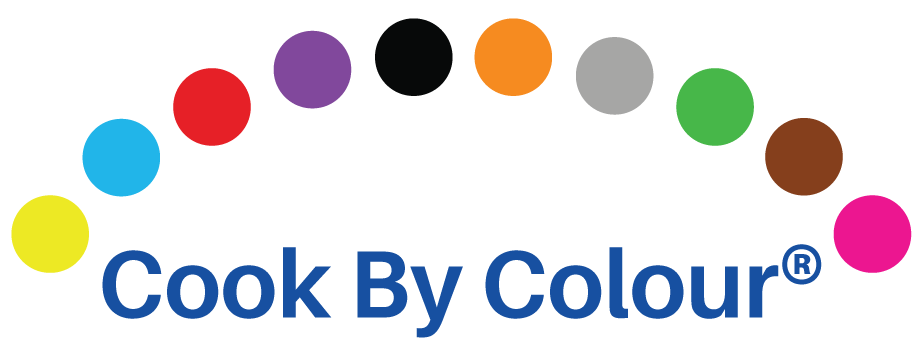Let’s be honest—cooking can be overwhelming sometimes. There’s a lot to juggle: ingredients, timing, instructions, utensils… and that’s before you even turn the oven on. Now, imagine trying to manage all that when you're living with a learning disability or cognitive challenge. It’s not just about making dinner—it’s about navigating a world that often wasn’t designed with your needs in mind.
That’s where colour coding comes in. It’s simple, effective, and honestly, kind of genius. Whether you’re new to cooking or just looking for a way to make the kitchen feel more manageable, colour-coded tools and recipes can be a total game changer.
What Is Colour-Coded Cooking?
At its core, it’s exactly what it sounds like—using colours to guide cooking. Utensils like knives, spoons, and measuring cups are assigned specific colours. Ingredients and recipe steps can also be colour-matched to those tools.
For example:
-
A red spoon for stirring red sauces
-
A green knife for chopping vegetables
-
Blue-coded instructions for using the blender
It’s a visual support system that makes cooking more intuitive—and way less stressful.
Why It Works So Well
✅ Visual Clarity:
For people who process information visually, colours are much easier to follow than long lists of written instructions.
✅ Step-by-Step Confidence:
Matching the green chopping board to the green-handled knife? Easy. Using the yellow spoon for the yellow-labelled ingredient? No guesswork needed. This kind of structure builds confidence and promotes independence.
✅ Reduces Mistakes (and Frustration):
Using the wrong tool or mixing up steps can throw a recipe off. Colour coding helps reduce those mix-ups, which makes the whole experience smoother—and more fun.
✅ Encourages Safe Habits:
Kitchen safety is huge. Colour-coding tools based on use (like raw meat vs veggies) helps build hygienic routines that stick.
Final Thoughts: Empowerment Through Simplicity
At the end of the day, cooking should feel empowering, not intimidating. For people with learning disabilities, having tools that support independence, creativity, and confidence in the kitchen is everything. And for carers or educators, colour-coded systems can help create a more inclusive, enjoyable learning environment.
So whether you're whipping up scrambled eggs or tackling a new pasta recipe, remember: sometimes, all it takes is a splash of colour to bring joy (and calm) back to the kitchen.

